
Whew! There were more holidays last week than during the official “Holiday Season.” Funny word “holiday.” It’s a contraction of Holy Days. Most folks don’t think of holidays as religious – we think of free time, decorations, special food, gifts, and shopping. But, for those so inclined, there is opportunity for contemplation and purification.
CHINESE NEW YEAR – February 10

Those of you who read last week’s blog (and if you did not, why not) know last Sunday marked CHINESE NEW YEAR and the inauguration of the Year of the Snake. Symbols for wealth and auspicious colors abound. Golden tangerines and red money envelopes being in high favor.
KUMBH MELA – January 14-March 10
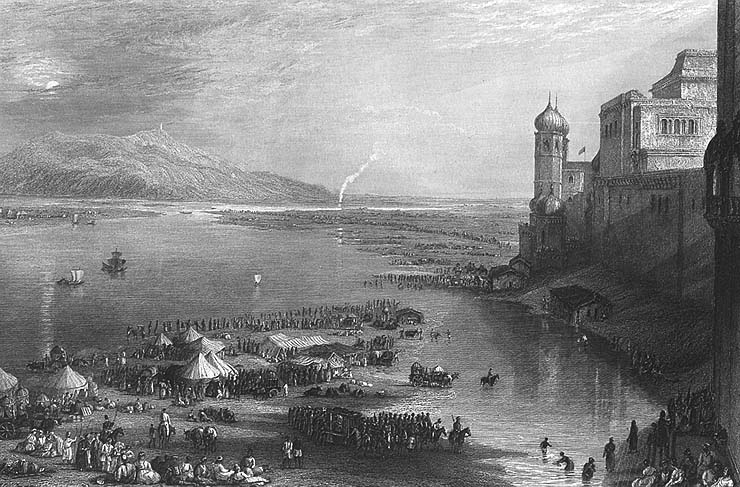
The Hindu festival of KUMBH MELA had several events during the week. The festival began on January 14 and concludes March 10. Every twelve years when the moon and planet Jupiter are aligned, pilgrims journey to the convergence of the Ganges, Yamuna, and (mythical) Sarasvati Rivers. Those who bathe at the rivers’ convergence are cleansed of their sins and receive blessings that can extend through several generations. Eighty million pilgrims are expected at Allahabad to participate in ritual bathing. So many people in such a small area inevitably leads to chaos. Already this year, thirty-six people died at a stampede at the Allahabad railway station platform 6.
Three special days of the Kumbh Mela occurred last week. The Mauni Amavasya Snan on Sunday, the Basant Panchami Snan on Friday, and the Basant Panchami Snan today.
MARDI GRAS – February 12
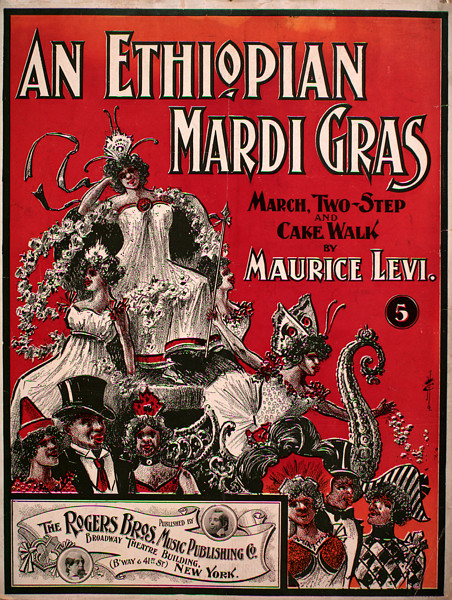
February 12 – MARDI GRAS – CARNIVAL – one last chance to let things roll before the austerity of Lent. The word itself is French for “Fat Tuesday.” Dance, Sing, Eat, Drink, Parade, Mask. Enjoy all the world has to offer.
And then, confess. Because it is also Shrove Tuesday. The last day for ritual Christians to purify themselves for the austerities of Lent.
ASH WEDNESDAY February 13

The date for ASH WEDNESDAY is calculated as forty days before Easter. Unlike consistent Christmas, Easter is set by the lunar calendar and moves. On Ash Wednesday, many Christians have a priest place ashes on their heads in the sign of a cross. While doing so, the priest intones, “From dust you are made and to dust you shall return.” A sobering thought, especially for those still a bit ill from Mardi Gras.
VALENTINE’S DAY – February 14
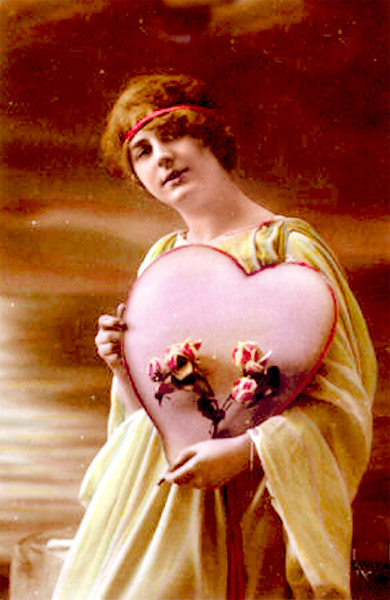
Then there is the dreaded date of February 14th – VALENTINE’S DAY. One might wonder how a day originally commemorated by the Church to honor St. Valentine’s martyrdom became the day of Cupid’s arrow. I suppose it’s about selfless love. If you can equate the pressure for candy, flowers, and cards with love. And, for some folks, the question of whether it might be time to take down the Christmas tree. [See Kristen Lamb’s Blog http://warriorwriters.wordpress.com/2013/02/14/what-to-do-when-your-christmas-tree-wants-a-bass-boat/ ]
VASANT PANCHAMI – February 15
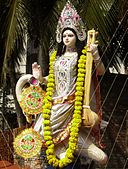
And now for something completely different VASANT PANCHAMI – a Hindu festival to salute spring’s arrival. My favorite goddess Sarasvati presides. She especially supports the arts: music, literature, and language. Students place pens, pencils, and notebooks at her feet for her blessing. In her left hand she holds the vina, a generic term for any stringed instrument. (At my house, Sarasvati sits in my writing nook, hopefully to inspire my writing.) Special color for the festival – yellow. Special food, Kesar Halwa, a confection of flour, sugar, nuts, cardamom powder and saffron.
AND HERE WE ARE – A THREE DAY WEEKEND – PRESIDENTS’ DAY – February 18

First there was GEORGE WASHINGTON – Once Known as the “Father of His Country” – the general who managed to avoid British Defeat – The first President of the United States. Among the many words attributed to him, his reflection on the American revolution for freedom against Great Britain: “Our cause is noble; it is the cause of mankind.” Washington’s Birthday is on February 22, but was not a national holiday. Just an opportunity for school children to change the class bulletin board from the commemoration of Abraham Lincoln.
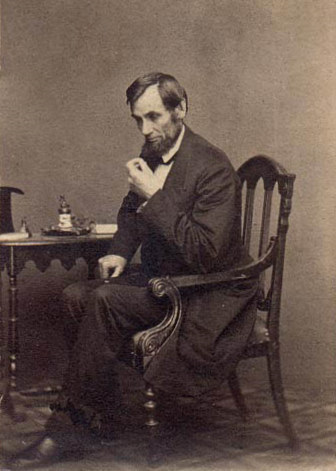
ABRAHAM LINCOLN – The Great Emancipator who presided over what some historians call the Second American Revolution. He was born in a log cabin on February 12, self educated, the man who said: “Government of the people, by the people, for the people, shall not perish from the Earth.”
In 1968 Congress passed the Uniform Monday Holiday Bill specifically to create the maximum number of three-day weekends. Thus, the birthdays of Washington and Lincoln became more than individual bulletin board displays. Now they have national recognition. But whether we notice the contributions these men made to the United States as much as we stress over Valentine’s Day – you be the judge.
Holidays are about who we are and what we believe as a culture – religiously, politically, historically. They are opportunities for refreshment, reflection, and laughter. To have so many holidays over nine days – amazing

Sandra Wagner-Wright holds the doctoral degree in history and taught women’s and global history at the University of Hawai`i. Sandra travels for her research, most recently to Salem, Massachusetts, the setting of her new Salem Stories series. She also enjoys traveling for new experiences. Recent trips include Antarctica and a river cruise on the Rhine from Amsterdam to Basel.
Sandra particularly likes writing about strong women who make a difference. She lives in Hilo, Hawai`i with her family and writes a blog relating to history, travel, and the idiosyncrasies of life.

